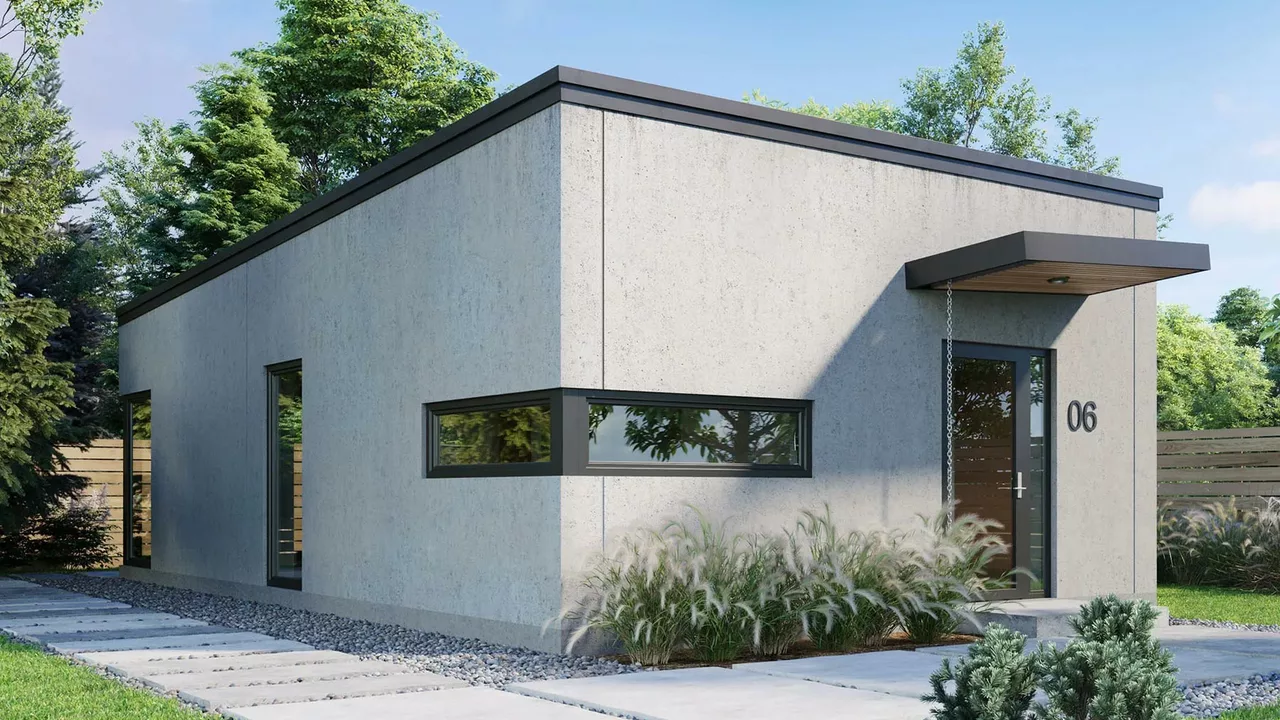Introduction to Housing and Material Choices in India
India, with its vast landscape, diverse culture, and varying climatic conditions, provides a unique challenge when it comes to housing. The type of building material used in construction plays a significant role in determining the lifespan of the house. In this article, we will focus on the lifespan of a concrete house in India, one of the most popular choices of material for construction.
Understanding the Lifespan of a Concrete House
The concept of lifespan is often misunderstood when it comes to housing. The lifespan of a house refers to the period over which the building retains its original strength, functionality and safety. This lifespan can vary significantly depending on the type of materials used, the quality of construction, maintenance, and local environmental factors. In the case of a concrete house, we're looking at a structure built mainly using reinforced concrete.
The Construction Process and Quality of Concrete Houses
Concrete houses are built using a mix of cement, aggregate and water, which is then poured into a mould and left to harden. The quality of these materials, the ratio in which they are combined, and the curing process can significantly affect the longevity of the house. Good quality concrete can withstand the test of time, while poor quality concrete may lead to structural problems sooner.
Climate Impact on Concrete Houses in India
India has a wide range of climatic conditions, from the freezing temperatures of the Himalayas to the tropical heat of the southern coast. This variation in climate can affect the lifespan of a concrete house. Concrete is a durable material and can withstand various weather conditions, but persistent exposure to extreme weather can cause wear and tear over time.
Impact of Maintenance on Lifespan of a Concrete House
Maintenance plays a crucial role in extending the lifespan of a concrete house. Regular checks for cracks, leaks, and other forms of damage, followed by timely repairs, can help maintain the structural integrity of the house. Neglecting maintenance can lead to accelerated deterioration and a reduced lifespan.
Effects of Pollution on Lifespan of a Concrete House
India, especially its urban areas, faces significant environmental pollution. Air pollution, in particular, can have a negative impact on the lifespan of a concrete house. The suspended particles in polluted air can settle on the concrete and accelerate its degradation, reducing its lifespan.
Concrete Houses versus Traditional Indian Houses
Traditional Indian houses were built using locally available materials like mud, stone, and wood. These materials, while environmentally friendly, do not have the same lifespan as concrete. Concrete offers more durability and longevity, making it a popular choice for modern housing in India.
Improving Lifespan of Concrete Houses with Modern Techniques
Modern construction techniques and materials can significantly improve the lifespan of a concrete house. Use of high-quality cement, proper ratios and curing, and innovative construction methods can result in a more durable and long-lasting house. Additionally, modern architectural designs can enhance the functionality and resilience of the house, extending its lifespan.
Conclusion
In conclusion, the lifespan of a concrete house in India can vary based on a multitude of factors. These include the quality of construction, exposure to climate and pollution, and maintenance practices. However, with careful planning, use of high-quality materials and modern construction techniques, the lifespan of a concrete house can be significantly extended, making it a viable and durable choice for housing in India.
